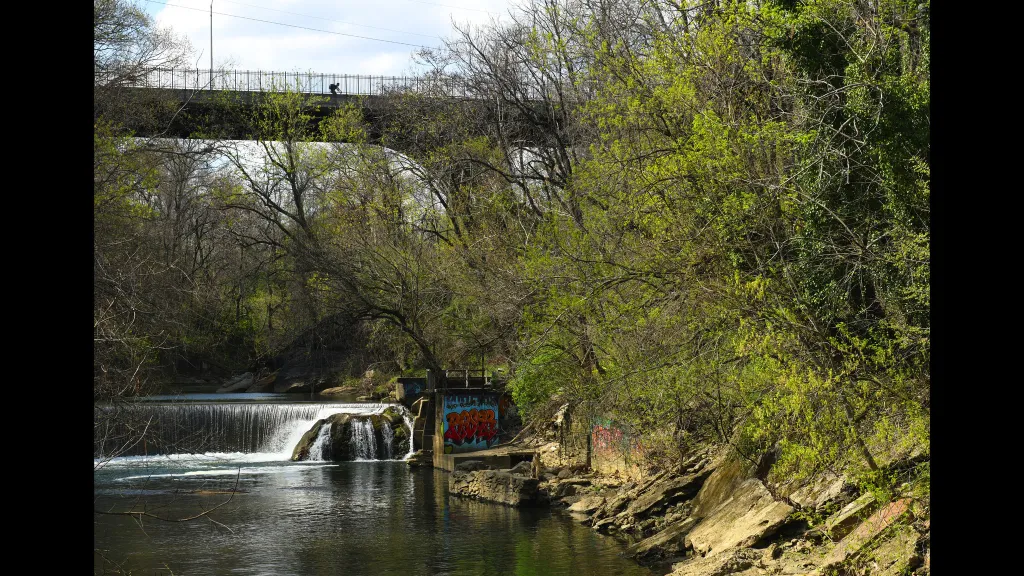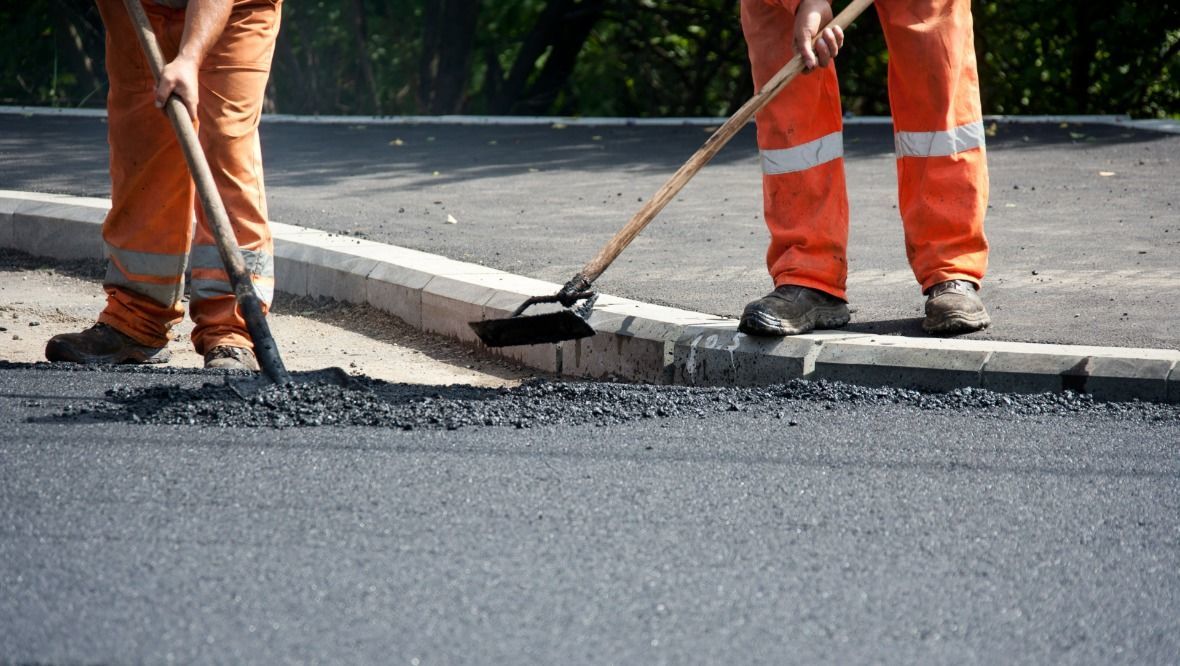
Imagine the Jones Falls river valley as a world-renowned park that supports the thriving of local neighborhoods and businesses. Imagine a verdant stream valley, teeming with native plants and diverse species: a cool oasis during hot summers, absorbing stormwater to protect communities and the Chesapeake. Imagine a greenway network of popular trails and transit, reconnecting dozens of neighborhoods to the river and downtown Baltimore, generating billions of dollars of investment and tourism. This aspirational vision can be realized.
The Jones Falls valley is one of Baltimore’s greatest untapped assets. In recent decades, countless cities from Houston to Seoul, Detroit to Paris, have revitalized their central waterways as vibrant destinations and ecological parks. Meanwhile, Baltimore continues to disregard and mistreat the Jones Falls, failing to realize its economic, social and ecological potential as a public resource for all.
The city’s recent proposal to relocate a Sisson Street trash transfer station to Falls Road — in the heart of the Jones Falls valley — represents a deep failure of imagination on the part of Baltimore’s leaders, doubling down on the outdated thinking that ignores our city’s natural assets. The real potential for the Jones Falls lies not in a real estate transaction but in a collective, ambitious and inspirational vision for the valley that enables all the surrounding neighborhoods, nature and our city to thrive.
The Jones Falls is the river that made possible the rise of Baltimore as an American industrial powerhouse. Yet the river has suffered the effects of pollution and neglect for well over a century. By the early 20th century, the lower falls were so polluted with effluents and sewage that city leaders entombed the river and sent it underground. In the 1960s, the city went one step further, building a highway over the buried river. Planners at the time went so far as to seriously consider a number of locations right along the Jones Falls for the construction of a new trash incinerator.
The willingness to dump on the Jones Falls persists to this very day. But we cannot allow these dynamics to play out once again. Protecting and restoring the Jones Falls will support the health and prosperity of current city residents and workers and future generations of Baltimoreans. Despite the many decades of bad decisions and disinvestment, a fundamental social and ecological restoration of the river remains possible, economically prudent and necessary. Will we realize the Jones Falls’ true potential? Or will we double down on destructive, outdated development?
For years, hundreds of dedicated people and many organizations have been working on alternative and inspiring visions for the future of the Jones Falls as a thriving greenway: safe for walkers, cyclists and all road users; celebrating public art, culture, history, environment, local businesses and recreation; and reconnecting communities to one another and to nature. The Jones Falls Watershed Strategic Plan (led by Friends of the Jones Falls), the Jones Falls Gateway Project (led by Midtown Baltimore), the city’s Watershed Masterplan (led by the Baltimore Office of Sustainability), the Baltimore Greenway Trails Network (led by Rails-to-Trails Conservancy), the Baltimore Harbor Waterkeeper program (led by Blue Water Baltimore), MICA Park (led by MICA Center for Creative Impact), the Baltimore Streetcar Museum expansion and our own Jones Falls 2076 project are but a few of the many important initiatives underway, attracting major financial and public support for reimagining and renewing this jewel in the heart of Baltimore.
The city’s proposed trash transfer station on Falls Road fundamentally undermines these efforts and investments. The implications are severe: a dramatic increase in traffic along the historic green byway, including commercial and city garbage trucks and lines of residential cars and trucks filled with trash; increased air and noise pollution; negative ecological impacts on an already-fragile river and watershed ecosystem from increased stormwater runoff and pollution; and a de facto invitation for illegal dumping. The proposed site sits squarely at the junction of two critical urban waterways, the lower Stony Run and the broader Jones Falls river, threatening the viability of long-term ecological restoration plans underway for both. The implications are also economic, with local business owners sending a collective letter to the mayor expressing “strenuous” opposition to the city’s plan and outlining the negative economic effects it would have on the area.
The process leading to the recent unveiling of the city’s proposal has been misleading and opaque, a fait accompli reflecting decisions made without authentic public involvement and discussion. The recent “community meeting” with city leaders rightly brought attention to the need to improve conditions for our sanitation workers — a crucial priority — but failed to present a convincing rationale or alternative options for the relocation, presenting misleading information about the resulting traffic and ecological impacts and disingenuously conflating the proposed relocation plan with legitimate efforts to reimagine and renew the river valley.
Left unchallenged, the city’s proposed plan could be another “highway to nowhere” moment in Baltimore, trashing the falls again, dividing neighborhoods and preventing residents from connecting with nature and each other. There is a growing coalition of resistance to the proposed plan (#DontTrashTheFalls), including local businesses, community organizations, universities, neighborhood associations, environmental and social justice advocates, residents, walkers, hikers, bikers, birdwatchers, scientists and others unified in condemning the plan as short-sighted and misguided.
Now is the time to come together as a city to create a collective, long-term, strategic vision and plan for the Jones Falls. There are already so many of us in Baltimore who are imagining such a vision and working to realize it. We see the Jones Falls for what it is, and what it could become: a welcoming parkland and thriving urban ecosystem, a space of resilience that mitigates the effects of climate change, a major economic driver for the city, a green respite for Baltimore residents and visitors alike, an ecological crown jewel. This could be our city’s collective future if we advocate for it.



